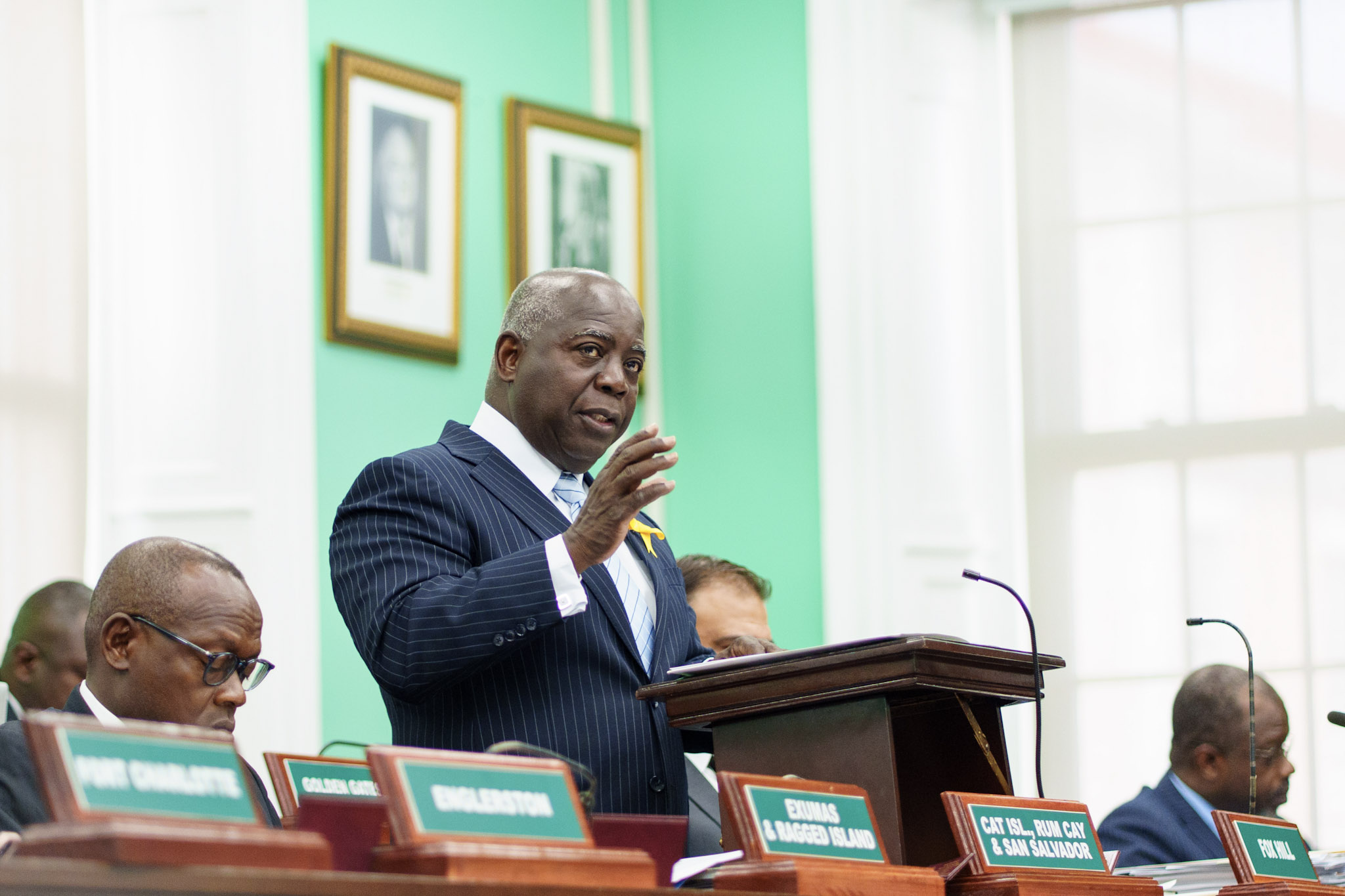
NASSAU, The Bahamas – In the House of Assembly today, parliamentarians passed a resolution to transfer $17 million to capitalize the nation’s Disaster Emergency Fund, marking a major milestone in the country’s ongoing effort to strengthen fiscal and climate resilience.
The Fund, established under the Disaster Risk Management Act (2022), is designed to ensure that, when disaster strikes, the Government can respond swiftly, effectively and equitably to protect Bahamian families and communities.
“We cannot prevent storms from forming, but we can strengthen our nation’s capacity to withstand and recover from them,” said Prime Minister Philip Davis, during his contribution to the House of Assembly on a Resolution to Transfer Funds from Dormant Accounts to the Disaster Emergency Fund.
“This fund ensures that when the next hurricane or flood comes, we have the resources ready to act immediately.”
The $17 million allocation, sourced from dormant accounts held in the Consolidated Fund, will serve as the first line of defence in the hours immediately following a natural disaster. The fund will finance essential relief such as food, water, shelter, and medical supplies, ensuring that the Government can respond without delay or dependence on external funding.
A Smarter Way to Finance Disasters
The Disaster Emergency Fund is one component of the Government’s Comprehensive Financial Strategy for Disaster Risk Management, developed in partnership with the Ministry of Finance, the Disaster Risk Management Authority (DRM), and the Inter-American Development Bank (IDB).
This comprehensive, multi-layered system combines insurance, reserves and credit facilities to diversify risk and protect the nation’s finances from future shocks.
Key financial instruments include:
- Caribbean Catastrophic Risk Insurance Facility (CCRIF) – $50 million
- National Credit Line – $150 million
- Contingent Credit Facility – $100 million
- Disaster Prevention Fund – $6 million
- DRM Annual Budget Allocation – $60 million
- Disaster Emergency Fund – $17 million
Together, these measures are projected to reduce potential losses by up to 45% over the next decade.
From Reaction to Resilience
The approval of the Disaster Emergency Fund follows the Government’s broader reforms to strengthen disaster preparedness and recovery capacity nationwide. Recent investments include the completion of the Abaco Multipurpose Hurricane Shelter, the expansion of renewable energy and blue carbon projects, and the creation of the National Youth Guard for disaster readiness training.
“We are leaving behind the reactive and outdated systems of the past and moving toward a necessary proactive strategy that will save lives and livelihoods for years to come,” the Prime Minister emphasized.
Accountability and Transparency
Regulations governing the Disaster Emergency Fund are being finalized to ensure strict accountability, including clear criteria for expenditure, transparent reporting, and oversight mechanisms to track fund usage. Unused resources will be invested prudently to sustain and grow the fund for future emergencies.
The Fund complements the $6 million Disaster Prevention Fund, which supports proactive measures such as upgrading shelters, improving communication systems, and training local communities in disaster response.
“We are advocating loudly and persistently on the world stage to push for fundamental changes in how climate and disaster relief funding operates,” noted Prime Minister Davis.
“And while our advocacy takes root, we are developing our own homegrown solutions.”